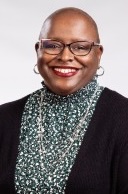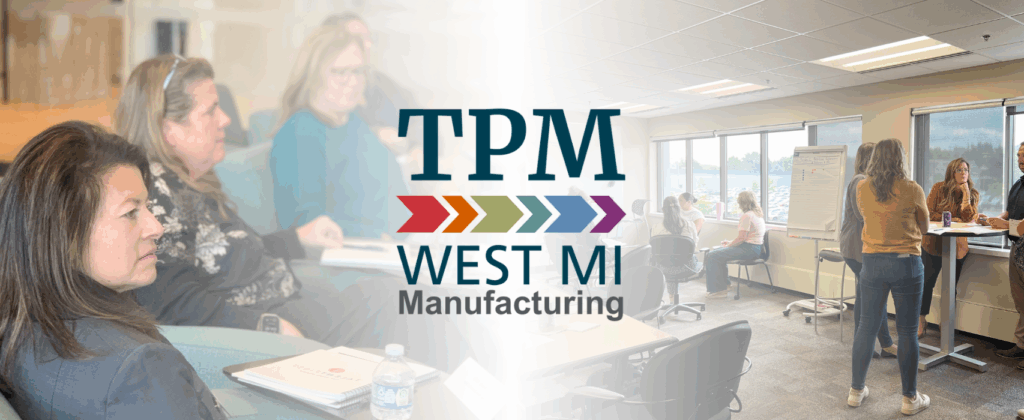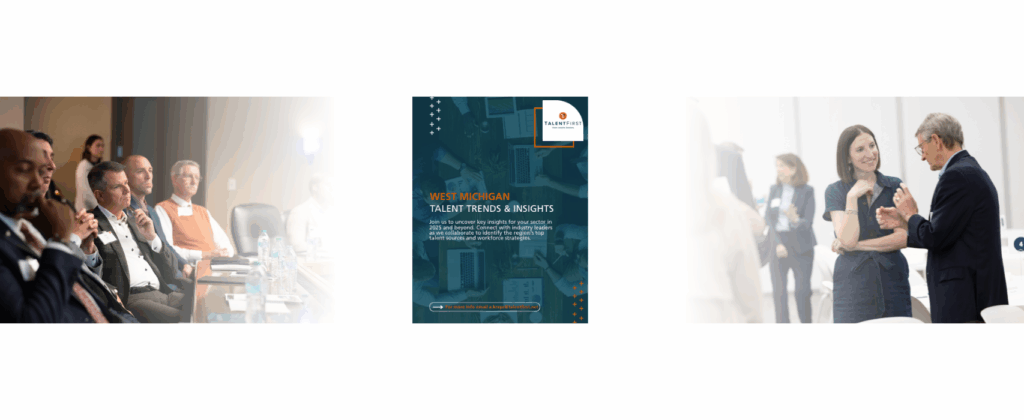We have all heard the proverb “A chain is only as strong as its weakest link,” by Thomas Reid. This proverb means that regardless of how strong the links in a chain are because if one link is weak that makes the entire chain weak. How does this proverb relate to diversity, equity, and inclusion (DEI) in the workplace? An organization in which all employees have a sense of belonging and feel as if their contributions impact the growth and success of the organization is strong. However, if one employee did not share in this, the organization is weak and will not thrive. Let’s explore how DEI strengthens all links in an organization.
The Organizational Benefits of DEI
Data is the primary driver of change in today’s workforce. According to a study by McKinsey & Co., companies that have an ethnically or culturally diverse executive team are more likely to have industry-leading profitability. The increased profitability is correlated with the fostering of innovation and creativity. Harvard Business Review published a study supporting that organizational leaders who provide employees from diverse groups opportunities to have a voice and value diverse insights are 3.5 times more likely to contribute their full creative potential. This engagement occurs because the employees feel included and as that their contributions are valued.
Organizations that foster DEI are also more likely to retain talent because the environment allows for all to participate and contribute their unique talents. This increases engagement at all levels of an organization. Not only is retention of talent improved but recruitment of talent is increased because people want to be where folks feel valued. Many want to go to Disney World because so many who have gone share how magical their experience was. Employees want to work for a company in which current team members share how positive their experience is.
By integrating DEI principles, practices and strategies, organizations experience an increase in productivity and improved problem solving and decision making. Productivity increase is a result of innovation and the sense of being invested. Organizations that have diversity among its employees find that diverse employee groups are more accurate at problem solving than homogenous groups because these groups use a variety of perspectives to view the problem, resulting in a solution that was not informed by a monolith but a cornucopia. Therefore, a team whose individual members have high intelligence experiences an increase in intelligence at both the individual and collective levels because they are challenged to engage with diverse perspectives and not accept the status quo.
Simply put, organizational DEI looks like:
- Diversity — Allowing space for a variety of perspectives, experiences, cultures, and backgrounds to be part of the organization.
- Equity — Providing each member of the organization what they need to be successful and impactful contributors to the organization.
- Inclusion — Creating space for each person to be authentically who they are within the organization.
This results in the organization being able to engage with various types of audiences and multiplying its potential growth. Organizations that intentionally integrate the principles, practices, and strategies of DEI are more like to experience sustain growth and continuing to be innovative. Employees in an organization that is actively committed to DEI feel seen, heard, and valued, which is what all humans desire.
How to Make Progress
It is not always clear where to start, but it is important to start somewhere. In 2017, TalentFirst designed and implemented four strategies to help West Michigan employers make measurable progress in workforce diversity, equity, and inclusion.
The strategies designed to support one another include:
- CEO Commitment — Visible and genuine leadership results in successful DEI efforts.
- Benchmark Survey — A practical tool measuring the impact of a company’s efforts and providing data for strategic planning.
- Employer Toolkit (PIVOT) — A website of leading practices and resources categorized by the surveyed benchmarks.
- Inclusive Leadership Development — Events for CEOs and people leaders offering practical methods to advance organizational DEI.
One resource within the employer toolkit is Five Essential Competencies of Effective Diversity, Equity and Inclusion Leaders (PDF), by Whitney White. This book has become a go-to resource for organizations seeking competency for integrating diversity, equity, and inclusion. The contributors included DEI practitioners and members of TalentFirst’s staff and Workforce DEI Working Group from various industries in West Michigan, including healthcare, manufacturing, technology, education, and government.
If your organization’s mission is to thrive, be a leader in your field, and transform the way you work, it is imperative to commit to and demonstrate a purposeful integration of DEI principles, practices, and strategies. Otherwise, you remain as weak as your weakest link.
 |
Dr. Candy McCorkle is the vice president of diversity and inclusion at Western Michigan University and has served for over 25 years in higher education as a faculty member and administrator at various types of college. Prior to beginning her career in higher education, she served as a mental health clinician. Throughout her career and volunteer services, Dr. McCorkle has been committed to educating others on the benefits of diversity, equity, and inclusion. In addition to education others, she has also created spaces that foster the development of DEI as well as advocating for and providing pathways for those who have been marginalized to engage in the work of creating change. Dr. McCorkle has always demonstrated a commitment to moving organizations toward inclusivity. Dr. McCorkle is also a member of the TalentFirst HR Council and Workforce DEI Working Group. |


